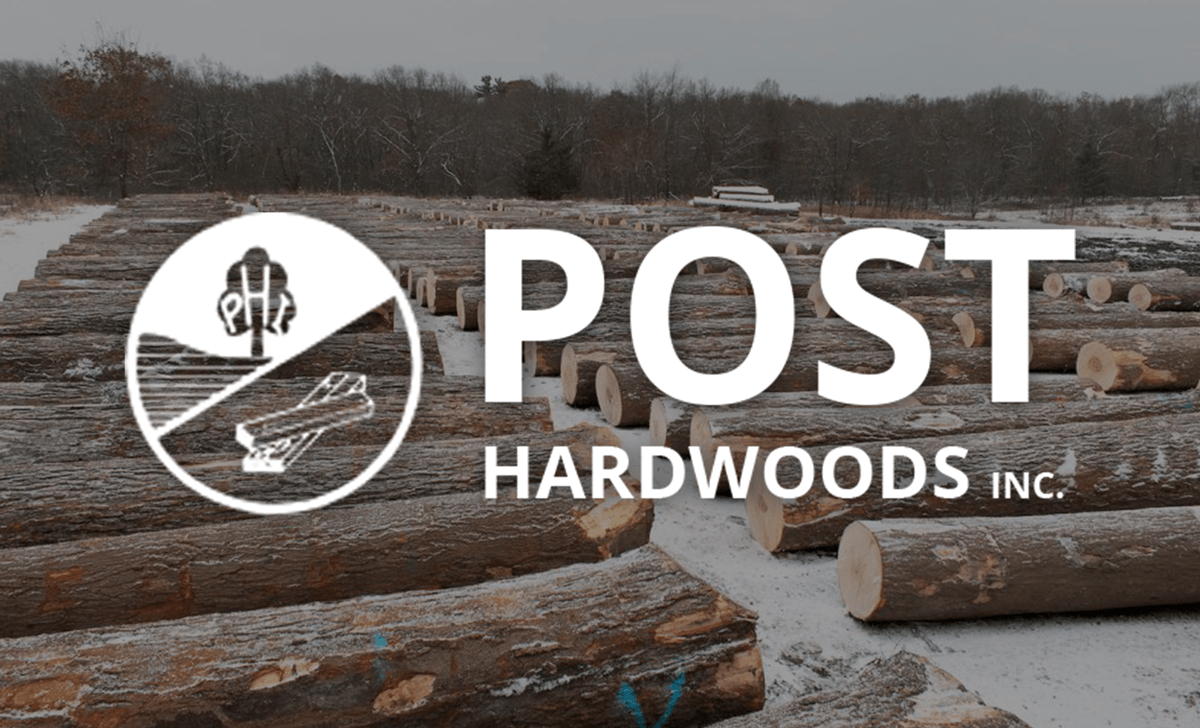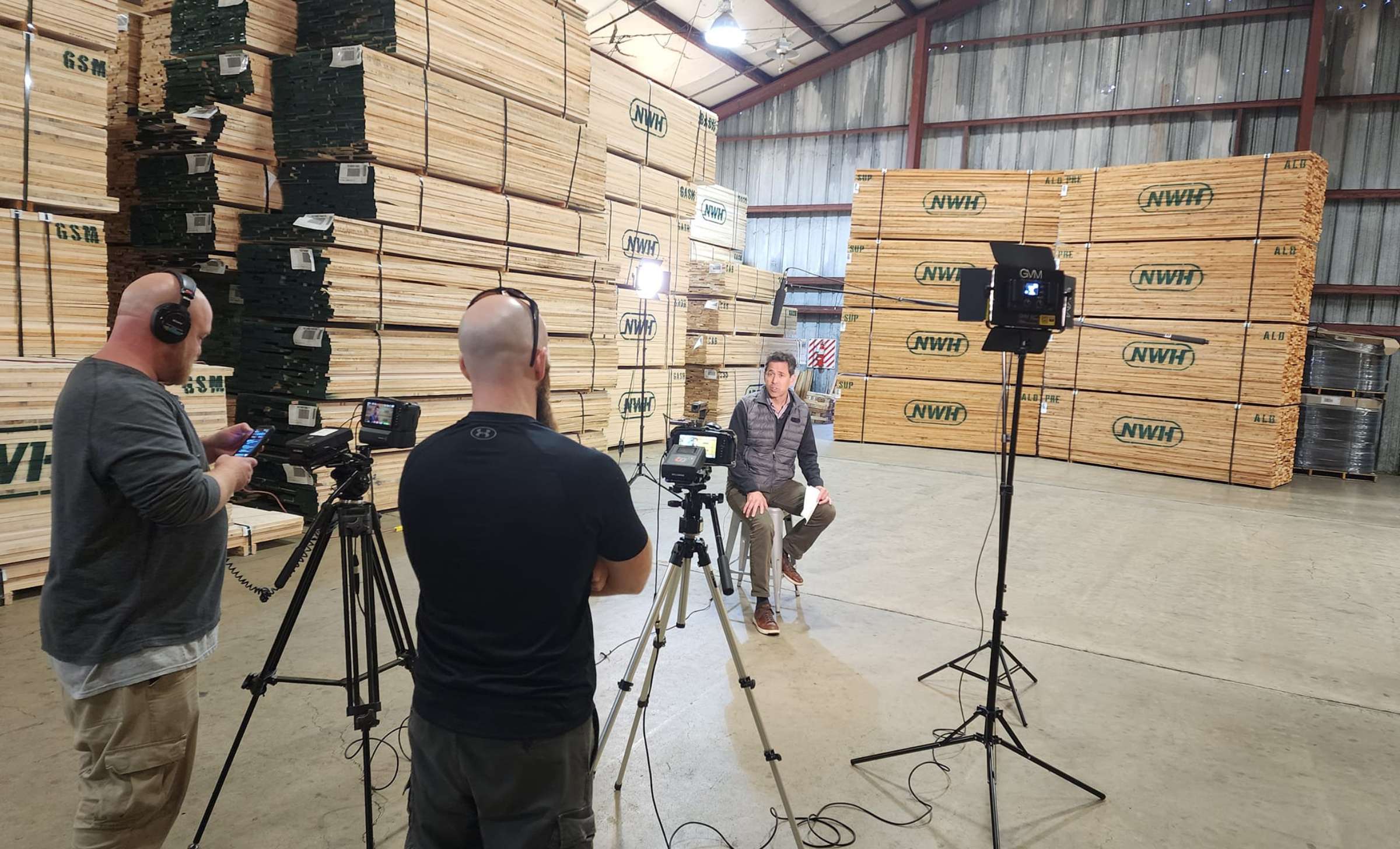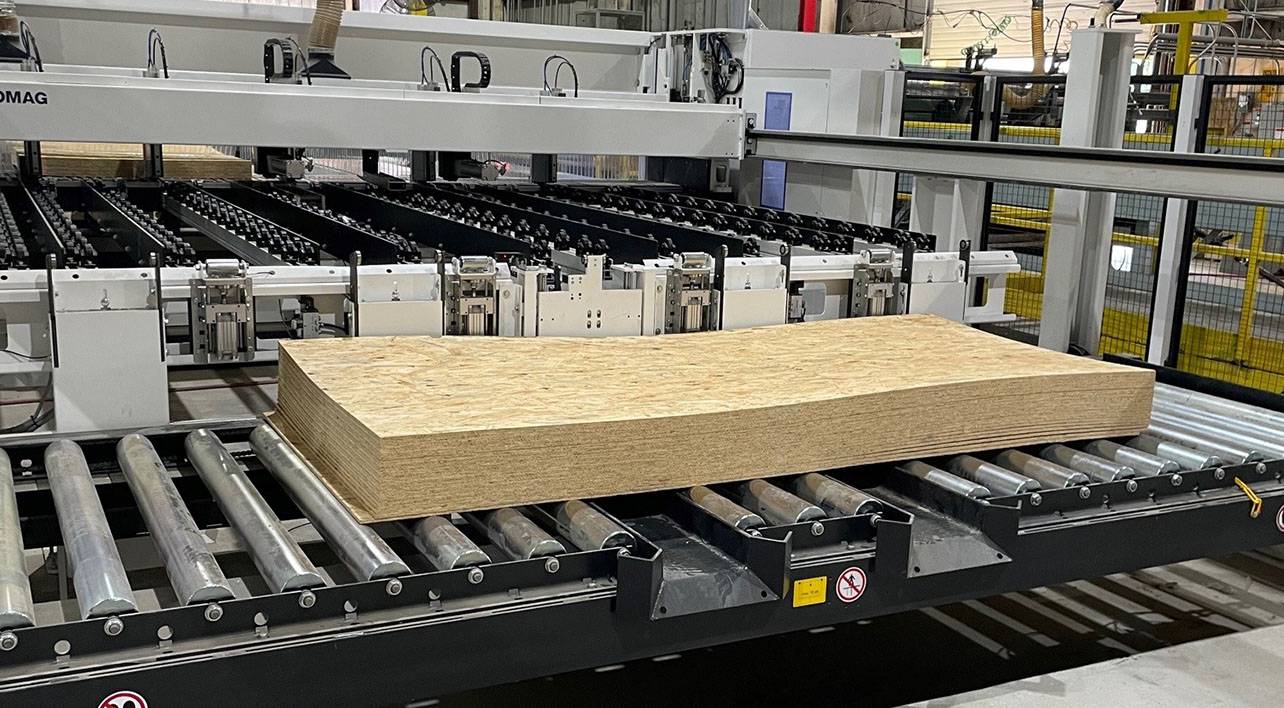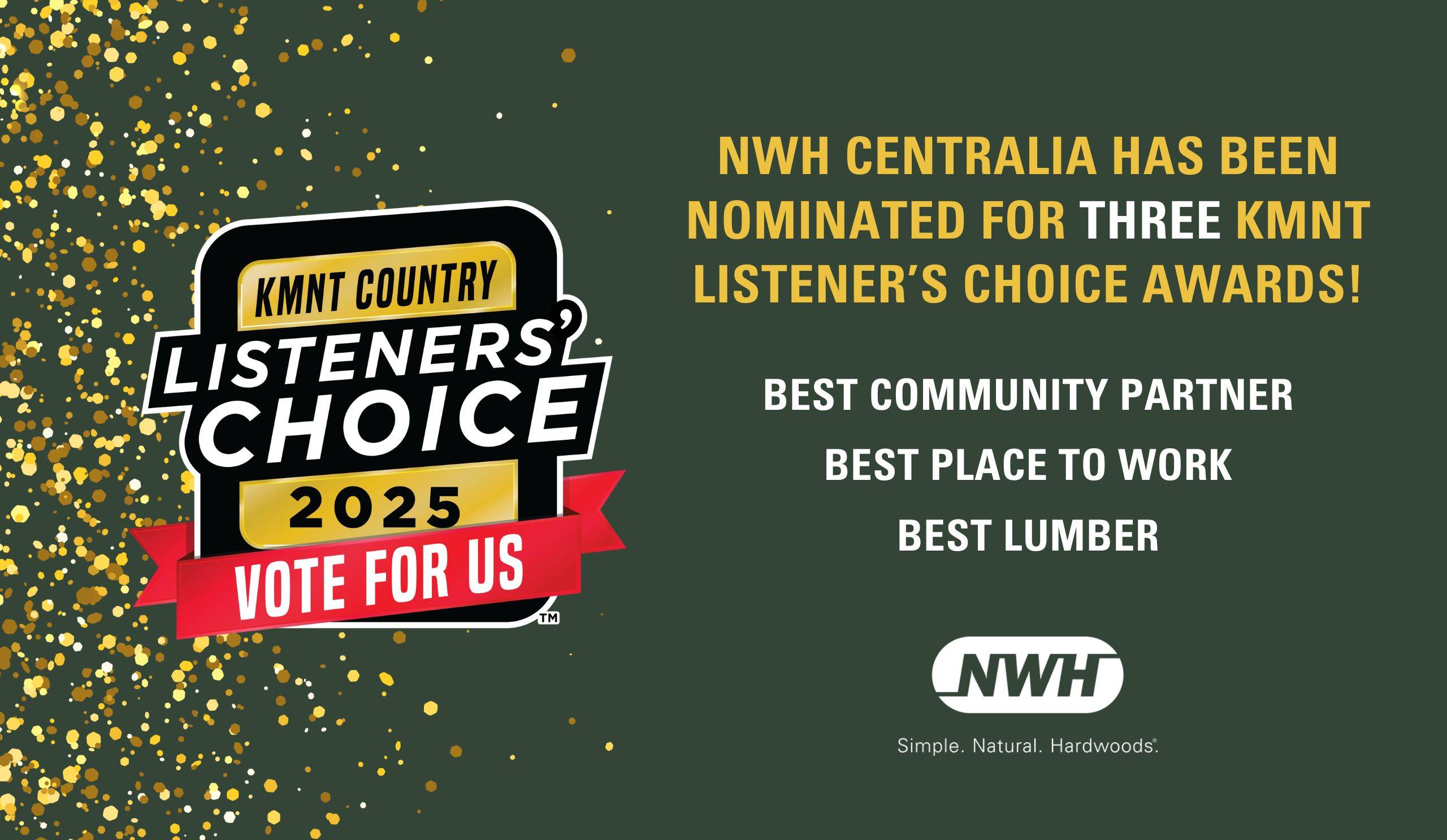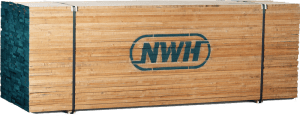With several species and grades available, hardwoods – whether American or globally sourced – are cost-effective and high-quality materials suitable for a range of applications and industries, from furniture and cabinetry manufacturing to interior design and construction. An added benefit is that hardwoods are often considered an environmentally friendly and renewable resource – one that, thanks to sustainable forest management, can be harvested with minimal environmental impact and regenerated to ensure there’s always an abundant and continued supply.
That is, of course, if the hardwoods are legally sourced and sustainably harvested.
To be considered as such, one must look at the entire hardwood supply chain, including:
- Land owners – those who own the forests
- Loggers – those who cut the trees
- Primary manufacturers – those who own the sawmills that produce lumber
- Distributors – those who purchase lumber for resale to secondary manufacturers
- Secondary manufacturers – those who build cabinetry, flooring, furniture, etc., from lumber
- End users – those who purchase hardwood products for their homes, offices, etc.
Each member of the supply chain plays a critical role in ensuring the sustainability and legality of the harvested wood – even one level not sharing the commitment can lead to illegal and harmful harvesting practices.
While landowners and primary manufacturers are integral first steps, end users and secondary manufacturers can also drive demand by requiring proof that the products they are purchasing were sustainably and legally harvested. At the center of the supply chain, distribution serves as a critical gatekeeper – ensuring these standards are met by suppliers, while also protecting secondary manufacturers and end users from irresponsible harvesting practices, including illegal logging and forest destruction.
How Can You Do Your Part?
To help you better understand how and where hardwoods were harvested, be prepared to ask your suppliers these questions:
- What risk assessments do you use?
Beyond looking at the hardwood itself, be sure to understand any risks at the country, sub-national, supplier and product levels. Although a hardwood may be sustainably sourced, you also need to understand any potential issues that may arise based on the country of origin and supplier.
- What measures are in place throughout your supply chain to ensure compliance with sustainable and legal sourcing practices?
Suppliers – whether new or a long-term partner – can implement several measures to ensure responsible forest management practices are used, including on-site inspections, audits, declarations and forms. Your supplier’s commitment to sustainable and legal sourcing practices must be part of their business model to ensure compliance throughout their supply chain.
- Are you FSC and PEFC Certified?
FSC (Forest Stewardship Council) and PEFC (The Programme for the Endorsement of Forest Certification) are non-profit, non-governmental organizations that offer forest management certification programs. These organizations are committed to promoting sustainable forest management and together certify more than 500 million hectares of forest land.
Among the certifications offered are:
- Forest Management Certifications: these certifications confirm a forest is being managed in a way that preserves the natural ecosystem and benefits the lives of local people and workers, while also ensuring economic opportunities for forest owners and managers.
- Chain of Custody Certifications: these programs ensure that certified wood is tracked from forest to final product, focusing on ethical business practices and responsible purchase decisions.
A Protected Investment
One of the most important facets to sustainably and legally harvested hardwoods is that those practices have minimal impact on the surrounding environment. This is such an important practice that legal measures have been put in place to help protect wildlife and plants, including:
- The Lacey Act: Implemented in 1900, The Lacey Act was the first federal law protecting wildlife, fish and plants from being illegally taken, possessed, transported or sold. The Act was amended in 2008 to expand the listing of prohibited plants and plant products, including products made from illegally logged woods, and covers all plants protected by CITES (the Convention on International Trade in Species of Wild Fauna and Flora), in addition to those protected by local law.
- CITES: Formed in 1973, CITES is an international agreement written to ensure that the international trade of animals and plants doesn’t threaten their survival. CITES currently has three different Appendices for the protection of species: Appendix I represents species that are in the most danger and are considered to be threatened with extinction (wood species include Monkey Puzzle, Rosewood, Pianowood and Mexican Fur); Appendix II contains species that are at risk, but not threatened with extinction (wood species include American Mahogany, African Teak, Agarwood and African Cherry); and Appendix III covers species that a specific country has requested be regulated to help preserve it (wood species include Mongolian Oak, Black Pine and Spanish Cedar).
Meeting sustainable and legal harvesting practices for hardwoods is attainable – and in demand. Primary manufacturers, like NWH, the largest manufacturer of hardwood lumber in North America, as well as a leading wholesaler of plywood and tropical hardwoods, take great measures to provide quality hardwood solutions from responsibly sourced wood. But, beyond primary manufacturers, it requires a commitment from all levels of the hardwood supply chain, with everyone from landowners and primary manufacturers to distributors, secondary manufacturers and end users working together, asking the right questions, and doing their part to ensure good – and legal – business practices.
Share This Post!

